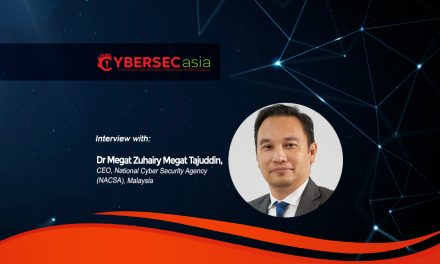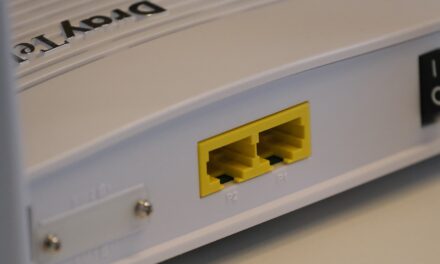Yet another survey concludes that multiple vendors complicate things and may dilute security instead of strengthening it.
A recent survey of 411 IT and security professionals globally has indicated that non-integrated, point solutions make enterprise security more challenging. As cyber-attacks become increasingly more sophisticated, 99% of companies using solutions from multiple vendors cited in the survey that it caused challenges to their organization.
The survey, conducted across organizations of 500+ employees globally, also showed that virtually every organization in the survey used multiple security vendors, and nearly half (49%) were deploying seven to 40 security solutions. Of the larger organizations, 27% used between 11 and 40 different vendors’ products.
Other complexity issues
With more assets to secure, confidence in security seems to go down: 92% of respondents said that securing their IT assets against threats is challenging. Only 34% and 38% of security leaders believed their mobile and IoT devices 2343 properly secured, revealing a considerable gap in organizations’ security posture.
Other findings include:
- Multiple management consoles obscure visibility
98% of organizations managed their security products with multiple consoles, creating visibility silos. The inability to get a holistic view of an organization’s threat posture creates visibility challenges, which can complicate incident response. - Working with multiple security vendors caused challenges
79% of security professionals said working with multiple vendors presented significant challenges. Maintenance, version upgrades, contract renewals and other activities related to the care and feeding of a security solution all take valuable time and resources.
Said Itai Greenberg, Vice President of Product Management at Check Point, the firm that commissioned the survey: “Some organizations operate under the false assumption that more products translate to more security. However, in this situation, global security leaders should adopt the less is more mentality. Adding multiple products from different vendors simply adds more complexity, and can potentially undermine security. Enterprises need a consolidated cybersecurity solution that strengthens their defense while improving their agility against all forms of attack.”
In the survey, 69% of respondents agreed that prioritizing vendor consolidation would lead to better security. The highest level of visibility, attained through consolidation, could improve security effectiveness and possibly fend off sophisticated cyberattacks. Check Point asserted that unified management and risk visibility can fill out security architecture.
Logically, reducing the number of vendors enables a higher level of security through superior integration, and fewer functional gaps between the protections each product delivers. It also significantly reduces the time, cost and resources of incident remediation processes.

















